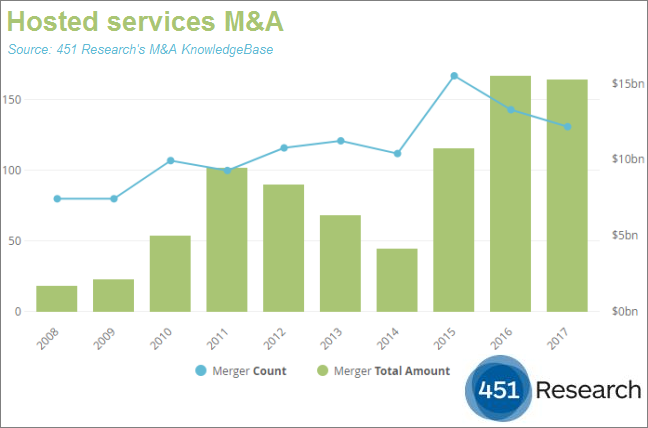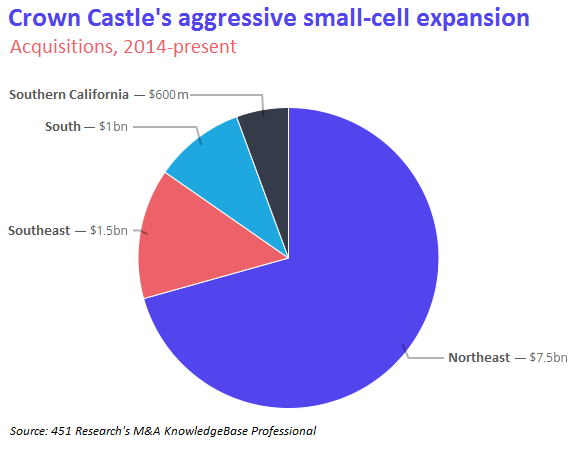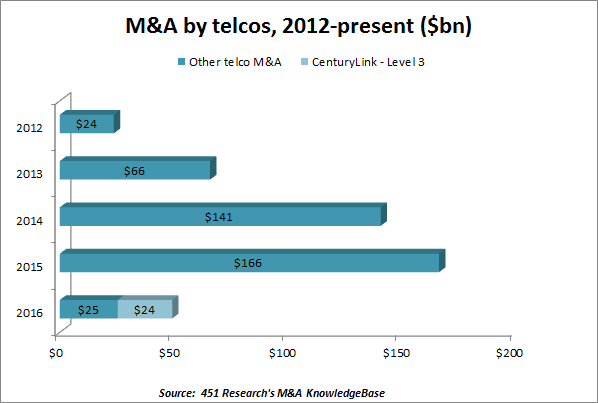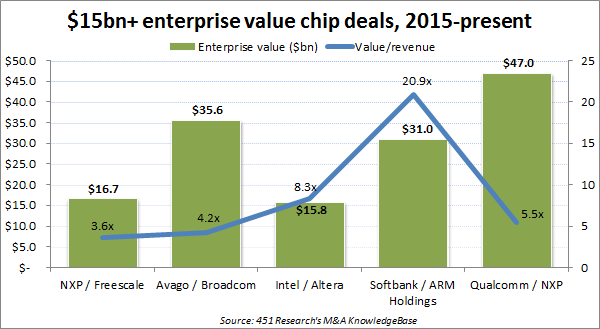With the World Cup kicking off today, economists are once again totting up the billions of dollars in worker productivity they estimate gets lost to viewing the quadrennial soccer tournament. We’ll leave the broader macroeconomic calculations, which have increasingly come into question in recent years, to those with bigger spreadsheets than us. How they come up with the precise cost of watching Messi and Ronaldo do their thing on the field would appear to be driven more by spongy anecdote than hard data.
As a counter to the forecasts of distraction and idleness during the World Cup, we would note that in our world of tech M&A, it turns out people can actually strike deals while watching players strike a soccer ball. In fact, our numbers for the previous event indicate that tech acquisition activity actually accelerated a little during the month-long period where employees supposedly tuned out their work and tuned into the largest sporting event. Dealmakers appear to be immune to the ‘World Cup flu.’ Looking back to the previous World Cup, which ran from mid-June 2014 to mid-July 2014, acquirers announced 340 tech transactions valued at $36bn, according to 451 Research’s M&A KnowledgeBase. That four-week total was slightly ahead of the average monthly level during 2014 of 332 deals worth $33bn. Nor did deal flow dry up immediately after that year’s World Cup. The M&A KnowledgeBase shows an unusual level of consistency of monthly activity from June to September of 2014, with monthly spending ranging within a tight band of $31-37bn.
Looking further back to the 2010 event hosted by South Africa, the World Cup didn’t have any discernable impact on tech M&A, despite the annoying sounds of the vuvuzela echoing around the globe. The June and July monthly totals almost exactly matched both the average number of tech deals and spending during that year, according to the M&A KnowledgeBase. The following month of August registered the highest monthly acquisition spending level of the entire year. So if any dealmakers are among the estimated 3.4 billion people who plan to cast at least one eye on the World Cup over the next few weeks, they can know that in years past, it’s been business as usual while the games go on.
For more real-time information on tech M&A, follow us on Twitter @451TechMnA.






